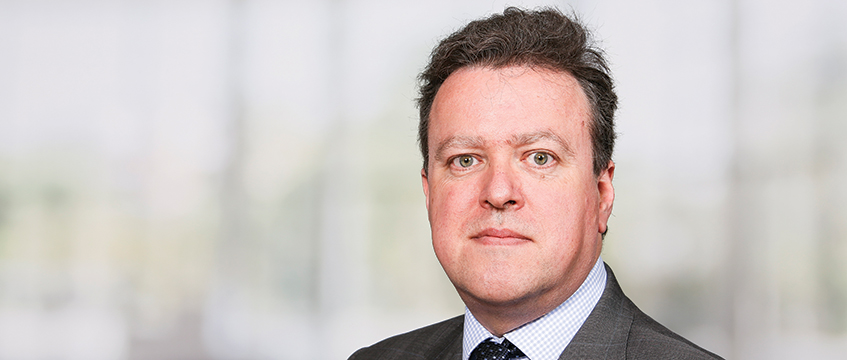Green shoots grow faster than expected for UK real estate
COMMENT Our core view when we released Savills’ cross-sector forecasts at the start of this year was that the UK economy would slip into a modest recession, and that prime commercial property price falls would continue until the second half of 2023.
However, recent weeks have seen some unexpected signs of recovery, which raise questions in particular around whether the Bank of England might be forced to raise interest rates higher than we expected.
Healthy lift
The most interesting piece of recent economic data is, as usual, from the business surveys, with the S&P Global/CIPS Flash UK PMI Composite Output Index beating all expectations by jumping to 53 in February from 48.5 in January. This is the first time this index has suggested growth since July 2022.
COMMENT Our core view when we released Savills’ cross-sector forecasts at the start of this year was that the UK economy would slip into a modest recession, and that prime commercial property price falls would continue until the second half of 2023.
However, recent weeks have seen some unexpected signs of recovery, which raise questions in particular around whether the Bank of England might be forced to raise interest rates higher than we expected.
Healthy lift
The most interesting piece of recent economic data is, as usual, from the business surveys, with the S&P Global/CIPS Flash UK PMI Composite Output Index beating all expectations by jumping to 53 in February from 48.5 in January. This is the first time this index has suggested growth since July 2022.
A growing economy is a marked change of direction from the Bank of England’s central view of a long recession, which would in turn bring inflation down. The irony for the commercial property market, though, is that an improving economic outlook might mean more downward pressure on prices owing to the cost of borrowing going higher than initially expected.
The all-important consumer side of the UK economy also seems to be in better health than most expected. Following solid Christmas trading figures from many of the largest retailers came the February GfK consumer confidence data, which rose by seven points from January (albeit remaining negative) – its biggest monthly jump in two years.
Finally on the data front we had a universally unexpected £5.4bn public sector surplus in January – a number that some have suggested gives the chancellor leeway to be generous in his impending Budget, although whether that means less tax or more spending remains to be seen.
Yield rises
With the economic surprise indicator now suggesting that forecasters were too bearish on growth at the start of this year, the expectation that the Bank of England base rate will peak at 4% is also looking dated. Market expectations are now suggesting that it will rise to 4.5% in May, with a one in three chance of it peaking at 5% in August.
While this would not affect our core view that the second half of 2023 will be more active than the first in terms of UK investment volumes, it does raise the prospect of some further upward movement in prime commercial property yields over the next six months.
On a more optimistic note, however, better economic growth will support the occupational markets, both in terms of fewer than expected business failures and companies’ ability to pay higher rents.
Mat Oakley is head of UK and European commercial research at Savills
Photo © Savills











